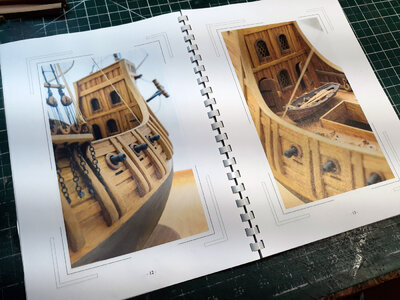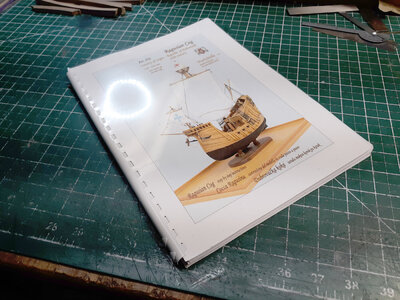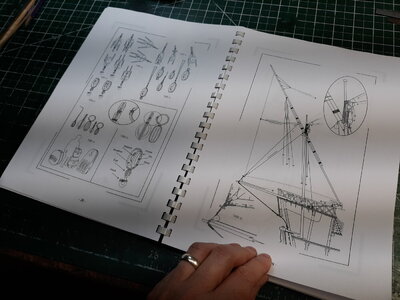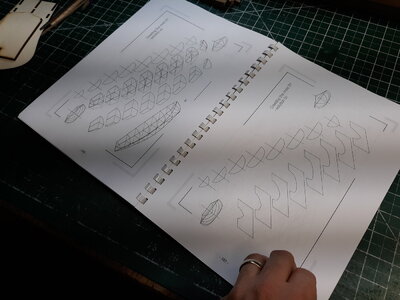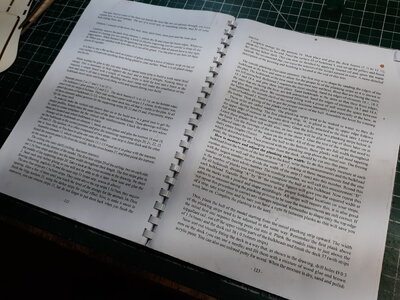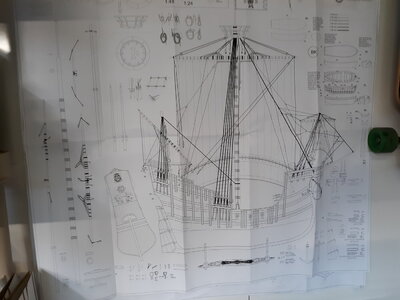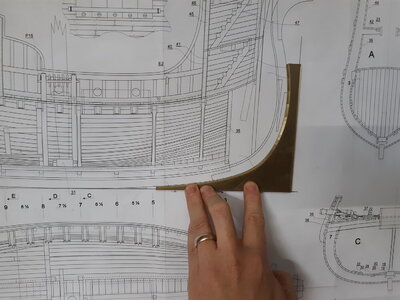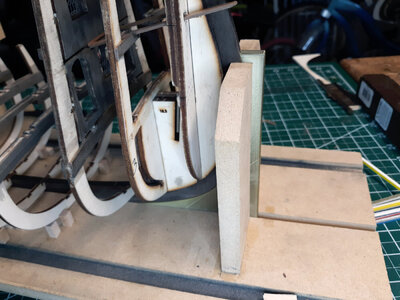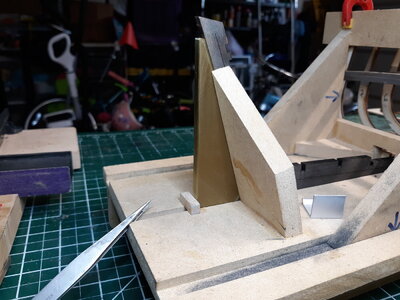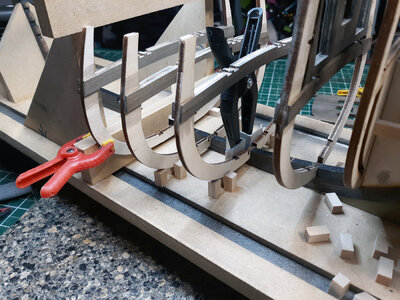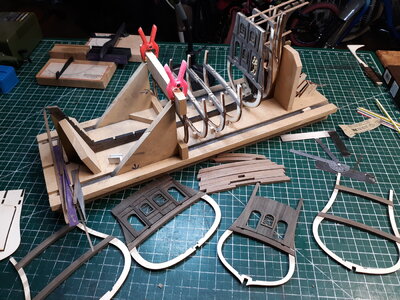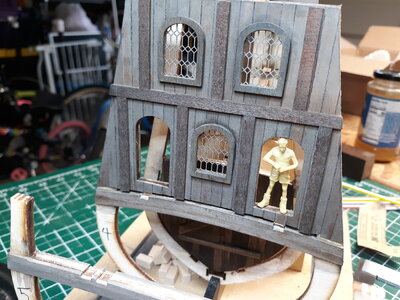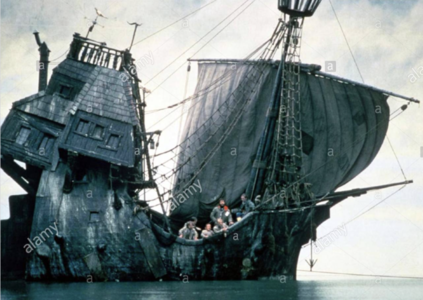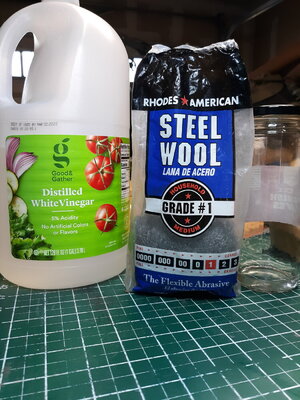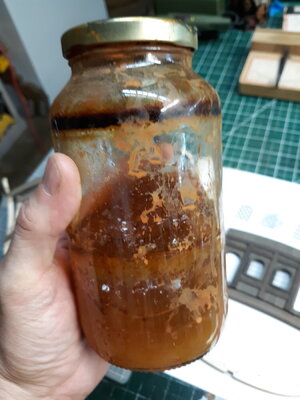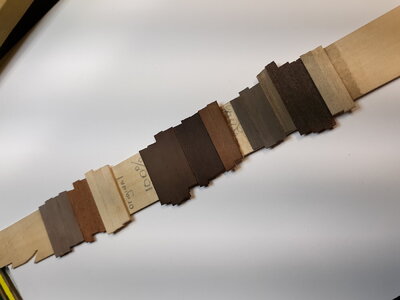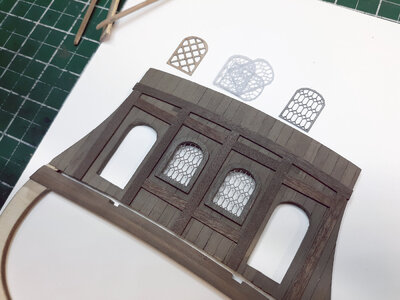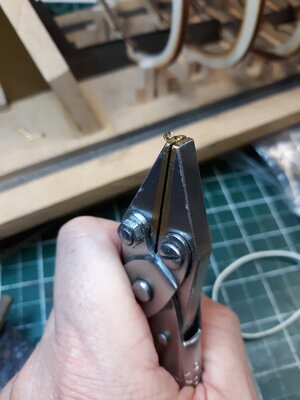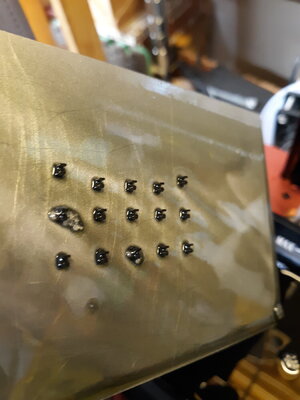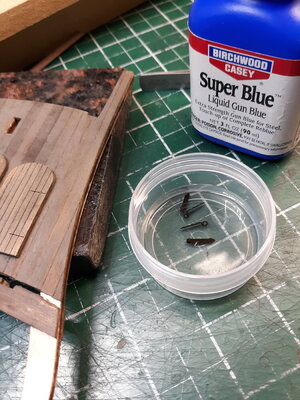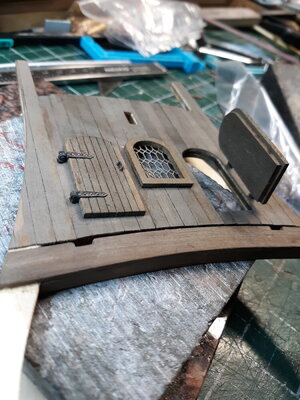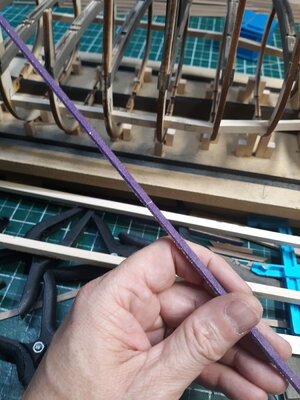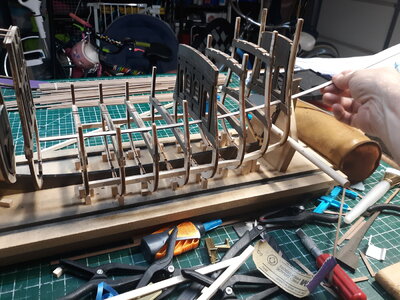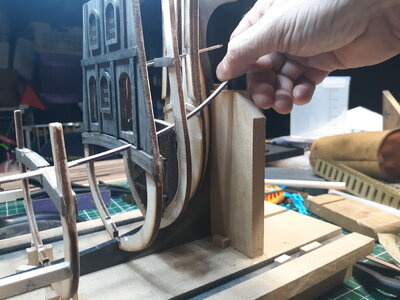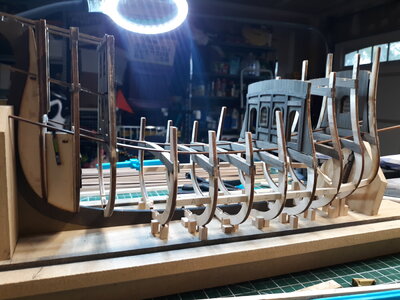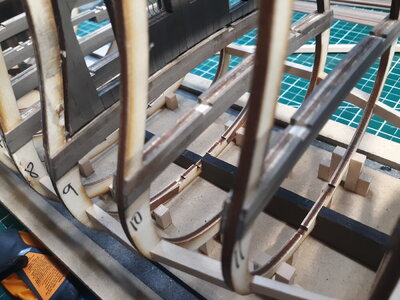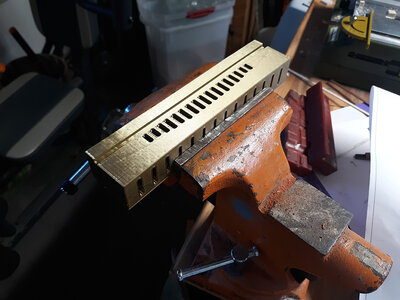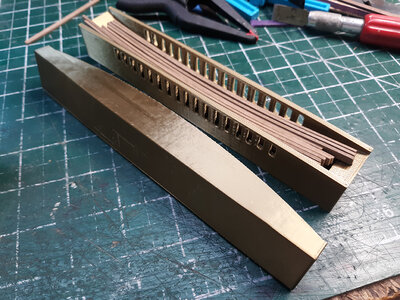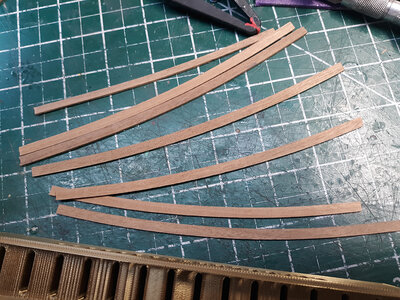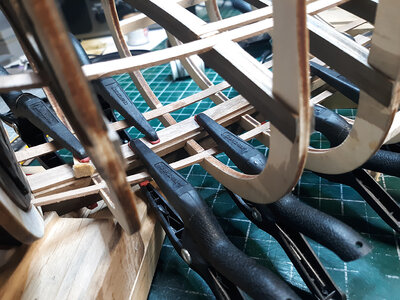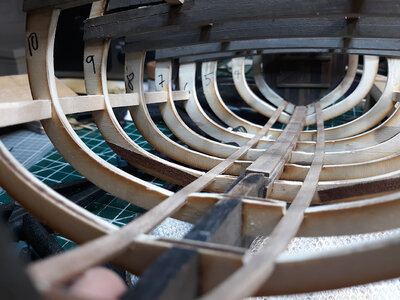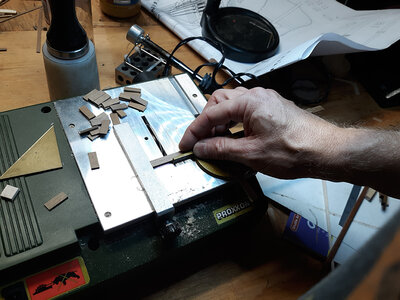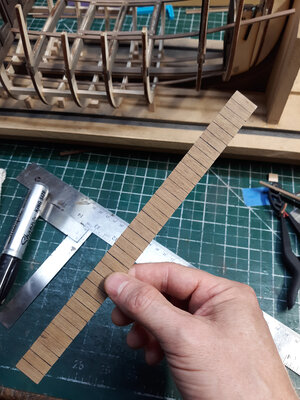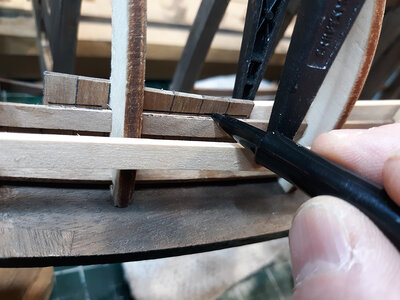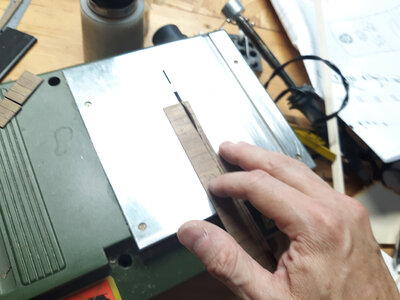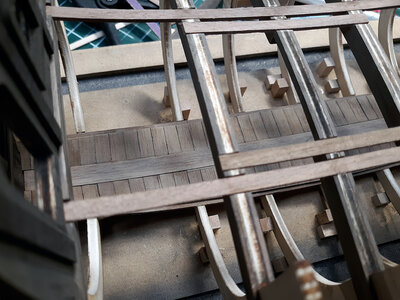- Joined
- Oct 13, 2020
- Messages
- 63
- Points
- 113

Despite already being a few steps into the process, I’m starting this build log of MarisStella’s 1/48 Ragusian Cog on the suggestion of fellow modeler Bluebeard, who’s own log of same subject I’ve been following:
His build log has helped me greatly as the kit's instructions are very . . . um, brief (I'll go into this later).
Special thanks to Rick Shousha of Modeller’s Workshop for helping me import this kit to the U.S. from Croatia.
Let me say that the materials of this kit are excellent. The wood (almost all walnut) is top quality. The dowel rods are straight and round. The laser cuts are square (a first in my experience). The cannons are turned brass. The ropes I may actually use (instead of ordering from Syren). I may replace the blocks though.
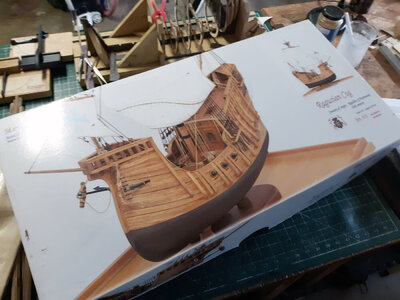
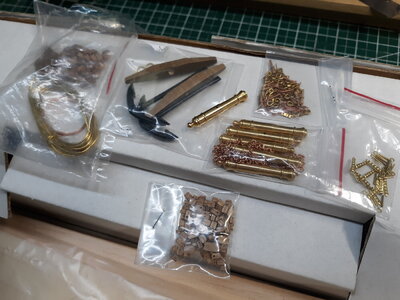
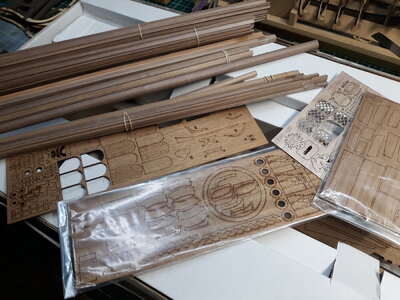
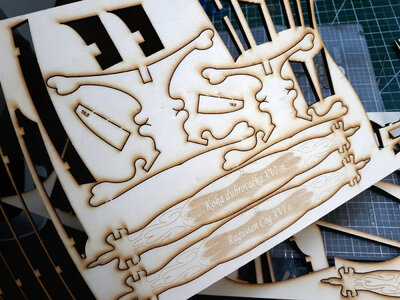

Marisstella Cog 1:48
Hi guys and gals: This is my first build log ever and I hope you like my orientations and pictures. By no means I consider myself a “Pro” since I have only built 5 wooden models that later I will post pictures of them. Before my wooden models I built many plastics model ships like many of the...
shipsofscale.com
Special thanks to Rick Shousha of Modeller’s Workshop for helping me import this kit to the U.S. from Croatia.
Let me say that the materials of this kit are excellent. The wood (almost all walnut) is top quality. The dowel rods are straight and round. The laser cuts are square (a first in my experience). The cannons are turned brass. The ropes I may actually use (instead of ordering from Syren). I may replace the blocks though.








